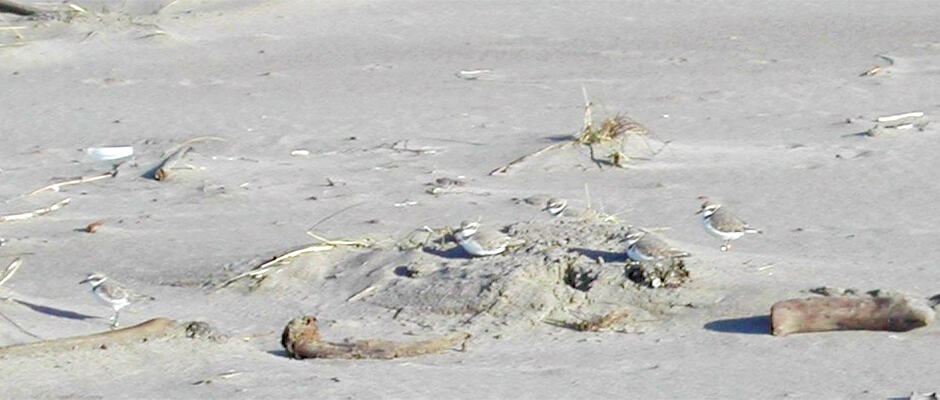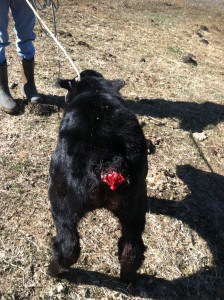Share this article
Damage management concepts posed in OSU animal science talk
On March 4, as the guest lecturer on “Contentious Social Issues in Animal Sciences” at Oregon State University, I discussed damage management as an important component of wildlife management. Most of the 110 students were animal science majors with aspirations to become large or small animal veterinarians, with a mix of students in other disciplines.
Currently, many populations of wildlife species are at their highest levels in a century and human populations continue to expand resulting in increasing wildlife-human conflicts that must be managed — the mission of my USDA program. Improved tolerance for wildlife can be achieved by advocating an integrated predation management strategy where both nonlethal preventive and lethal methods are considered. This recognizes The Wildlife Society’s statement on wildlife damage management, “The prevention or control of wildlife damage, which often involves the removal of the animals responsible for the damage, is an essential and responsible part of wildlife management.”
For the class’ future veterinarians I shared the reality that many may have to provide medical attention to a domestic animal injured by predatory wildlife.
Use by livestock producers of nonlethal methods to avoid depredation involves the three E’s: Efficacy-Science, Economics and Emotions. Science should determine if a method is effective or feasible and how well — not if — a method may work. The National Wildlife Research Center has led the way in relevant repetitive scientific trials. The second consideration is the economics of a given method. A method may be feasible but not economically practical. The time and cost associated with a nonlethal or lethal method must be fairly evaluated. Human dimensions, which encompass attitudes, beliefs and experiences, bring emotions, the third element into the decision-making process. This human dimensions part of deciding what method(s) are selected to prevent or stop predation is underappreciated and under studied.
Some students from rural Oregon backgrounds found the dilemma familiar and realistic, while the concepts offered others a new perspective to consider.
Wildlife Services is a Strategic Partner of TWS.
Header Image: ©USDA Wildlife Services









